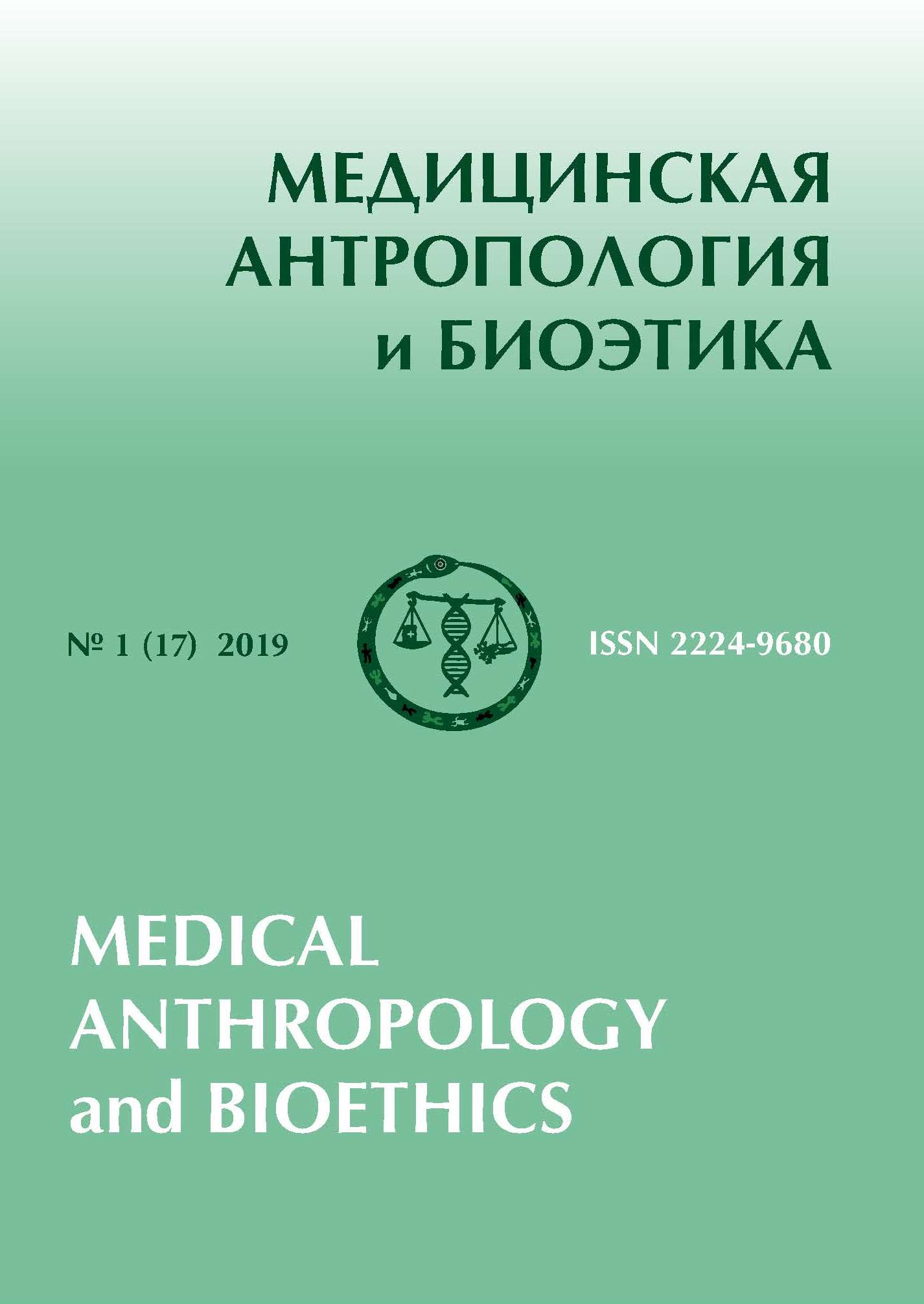Shamanic Medical Plants Of Present-Day Maya: Application Practices
DOI: http://doi.org/10.33876/2224-9680/2019-1-17/11
Keywords:
шаманизм, диагностика и лечение, лекарственные растения, майя, традиционная медицина, медицинские системыAbstract
The article covers aspects of shamanism of various Mayan groups in Mexico and Guatemala, in particular, the practice of medical herbs usage. Revealed is the historical context of Mayan shamanism, continuity in healing methods and traditional usage of medicines. Pointed out are basic causes of illnesses, as seen by Mayan shamans. The text briefly reviews studies on the preservation and application of healing herbs in Mayan culture. The issue of medical systems interoperation; described are problems emerging when traditional medicine contacts biomedicine. The article lists some of the healing herbs most frequently used in Mayan communities, with their original Mayan names, scientific names and health benefits. Shamanic herbal healing is reviewed in connection with the preservation of cultural originality and linguistic richness of indigenous peoples, as well as a practice preserving the biological diversity of the highland Mexico and Guatemala rainforests.
References
- Alvarez, C. (1997) Diccionario etnolingüístico del idioma maya yucateco colonial,México: UNAM.
- Baytelman, B. (1986) De enfermos y curanderos, Medicina tradicional en Morelos, México: INAH.
- Bown, D. (1995) Encyclopedia of Herbs and their Uses, London: Dorling Kindersley.
- Contreras, A.A., Zolla, C. (1982) Plantas tóxicas de México, Instituto Mexicano del Seguro Social.
- Fagetti, A. (2015) Iniciaciones chamanicas: el trance y los sueños en el devenir del chaman, México: Siglo XXI Editores: Benemérita Universidad Autónoma de Puebla.
- Fern, K. (2019) Tropical Plants Database(http://tropical.theferns.info/) (08.05.2019).
- Flores, F. A. (1982) Historia de la medicina en México, Instituto Mexicano del Seguro Social.
- Landa, D., de (1955) Soobshhenie o delah v Jukatane[Report of the Affairs of Yucatán], Knorozov Y. (translation), Pub. AS USSR.
- Garza, М., de la (1998) El chamán y los males del espíritu, Universidad de Mexico.
- Garza, М., de la (1990) Sueño y alucinación en el mundo náhuatl y maya, Mexico: UNAM.
- Gridling, M., Stark, N., Madlener, S., Lackner, A., Popescu, R., Benedek, B., Diaz, R., Tut, FM., Nha, Vo TP, Huber, D., Gollinger, M., Saiko, P., Ozmen, A., Mosgoeller, W., De Martin, R., Eytner, R., Wagner, KH., Grusch, M., Fritzer-Szekeres,M., Szekeres, T., Kopp, B., Frisch, R., Krupitza, G. (2009) In vitro anti-cancer activity of two ethno-pharmacological healing plants from Guatemala Pluchea odorata and Phlebodium decumanum, International Journal of Oncology, № 34(4), p. 1117–28.
- Holand, W. R. (1989) Medicina Maya en los Altos de Chiapas, Mexico: Instituto Nacional Indigenista.
- Kinzhalov, R.V. (1971) Kul’tura drevnih majja [Culture of the ancients Maya], Moscow: Nauka.
- Kodeks Mal’jabekki [The Codex Magliabechiano] (2013) Talah, V. N., Kuprienko, S. A. (eds.), Kiev:Vidavec’ Kuprі
- Michel, J. L., Caceres, A., Mahady G. B. (2016) Ethnomedical research and review of Q’eqchi Maya women’s reproductive health in the Lake Izabal region of Guatemala: Past, present and future prospects, Ethnopharmacol, № 178, p. 307–322.
- Orellana S. L. (1987) Indian Medicine in Highland Guatemala, The Pre-Hispanic and Colonial Periods, Albuquerque: University of New México Press.
- Pesek, T., Abramiuk, M., Fini, N., Rojas, M. O., Collins, S., Cal, V., Sanchez, P., Poveda, L., Arnason, J. (2009) Q’eqchi’ Maya healers’ traditional knowledge in prioritizing conservation of medicinal plants: culturally relative conservation in sustaining traditional holistic health promotion, Springer Science+Business Media B.V.
- Plants For A Future(https://pfaf.org/USER/Plant.aspx?LatinName=Artemisia+mexicana/) (12.05.2019).
- Preserving shamanism’s ancient sacred knowledge (2016) (http://entheology.com/plants/) (09.05.2019).
- Puniani, E., Cayer, C., Kent, P., Mullally, M., Sánchez-Vindas, P., Poveda Álvarez, L., Cal, V., Merali, Z., Arnason, J.T., Durst, T. (2016) Ethnopharmacology of Souroubea sympetala and Souroubea gilgii (Marcgraviaceae) and identification of betulinic acid as an anxiolytic principle, Phytochemistry, №113, p. 73–78.
- Roys, R.L. (1931) The ethno-botany of the Maya, New Orleans: The Department of Middle American Research: Tulane University of Louisiana.
- Tozzer, A. M. (1941) Landa´s relación de las cosas de Yucatan, Cambridge, Massachusetts.
- Wasson, R. G. (2009) Bozhestvennyj grib bessmertija [Divine Mushroom of Immortality], Izmenennye sostojanija soznanija i kul’tura: Hrestomatija[Altered states of consciousness and culture. Anthology], St. Petersburg: Piter.

